Table of Contents
Dendrophylax lindenii Care
Polyrrhiza lindenii, formerly Dendrophylax lindenii is also known as the Ghost Orchid. Although commonly known by its popular name Ghost Orchid, the Dendrophylax lindenii is an orchid is an endangered orchid, extremely difficult to grow outside of its native habitat, and has become popular since the award-winning film Adaptation (also known as “The Orchid Thief” for Hispanic countries, based on the name of the non-fiction book). In this article, you will find information about the particularities of this orchid, and tips on how to care for and grow Dendrophylax lindenii – Polyrrhiza lindenii – The Ghost Orchid Dendrophylax lindenii Care.
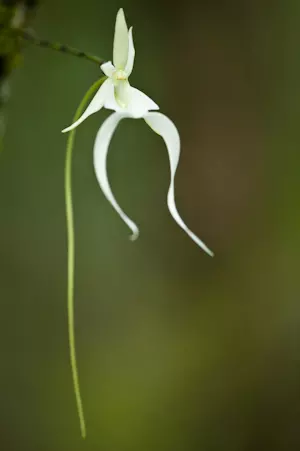
Dendrophylax lindenii – Polyrrhiza lindenii – Polyradicion lindenii – The Ghost Orchid
Dendrophylax lindenii is a wild orchid at risk of extinction. It is also known by other names commonly used in different countries such as Palm Polly, Palmplolly, and White Frog Orchid. Another synonym is Polyradicion lindenii.
Dendrophylax lindenii was transferred to the genus Polyrrhiza after taxonomic studies. Regrouping the host orchid in the genus Polyrrhiza. So, the ghost orchid changed its scientific name from Dendrophylax lindenii to Polyrrhiza lindenii.
Polyrrhiza lindenii, formerly Dendrophylax lindenii should not be confused with another Eurasian “ghost orchid”, which is completely different. This Eurasian Ghost Orchid is called Epipogium aphyllum and is a distinct orchid from Dendrophylax lindenii, the American ghost orchid. Although both are orchids, and therefore belong to the orchid family, Orchidaceae.
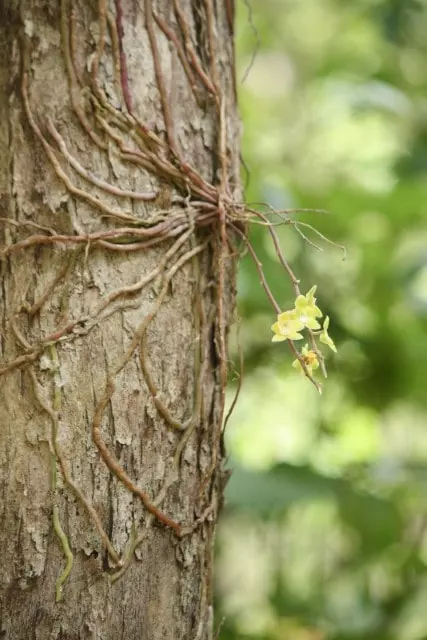
How to Cultivate Dendrophylax lindenii Orchid
How to Cultivate Polyrrhiza lindenii Orchid. In the following paragraphs, we will review some particularities of the Dendrophylax lindenii orchid and tips about Dendrophylax lindenii Care.
Polyrrhiza lindenii (Dendrophylax lindenii) is a perennial plant (which means it does not die annually) that grows in a semi-hidden form (which means Polyrrhiza lindenii is a hemicryptophyte type) where only the aerial parts die annually.
Let’s continue reading about Dendrophylax lindenii Care
Meanwhile, the overwintering buds of the Dendrophylax lindenii orchid remain more or less at ground level, protecting the plant during the less favorable dry season, sheltering and protecting the reproductive nucleus of the plant.
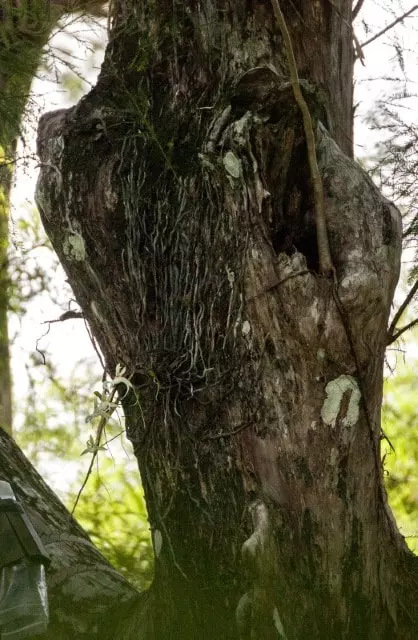
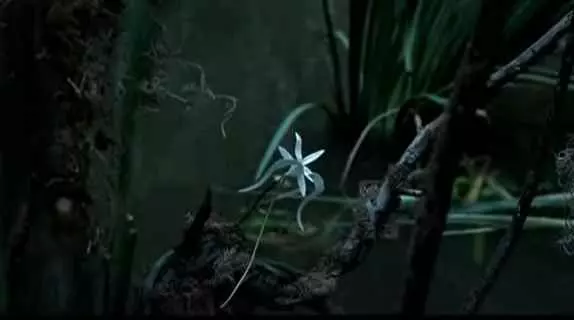
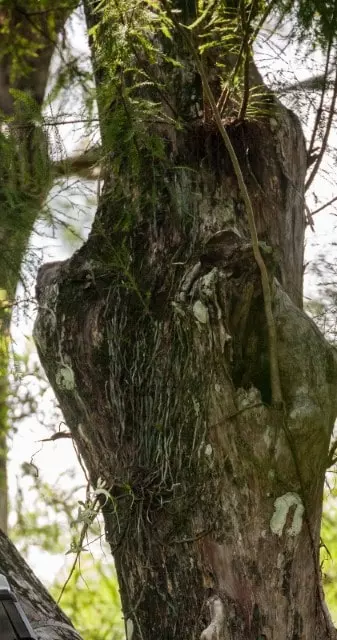
Another particularity of the Ghost Orchid is that it is a monocotyledonous plant characterized by the presence of only one cotyledon in its embryo instead of two, as most the plants are generally dicotyledonous.
Family: Orchidaceae
Group: Monocotyledonous plant
Dendrophylax lindenii Care
Best Substrate for Dendrophylax lindenii orchid: Epiphyte. Any plant that grows on another plant or item merely as a support and does not feed off of it is known as an epiphyte. D. lindenii or Polyradicion lindenii is an epiphyte plant like many other orchids. It’s only mechanical parasitism, and the supporting tree or item is the parasitism’s host. Epiphytes are frequently referred to as “air plants” since they do not take root in the ground, but rather in tree nooks and crevices with some debris, or by roots that penetrate the tree nooks and crannies and cement themselves to them.
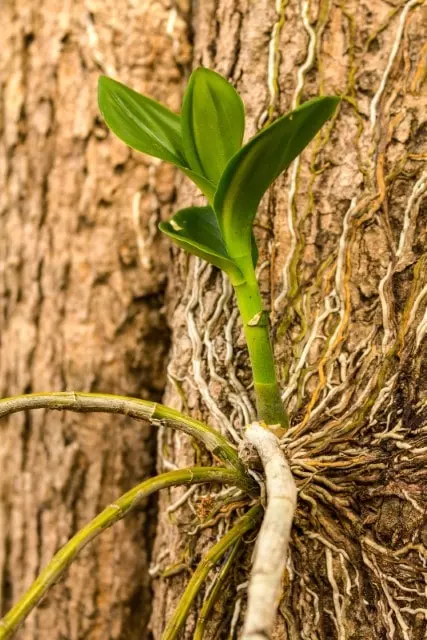
Habit: Herb
Perennation of Dendrophylax lindenii orchid: Perennial, which means it does not die annually.
Origin of Dendrophylax lindenii: South and Central America. Also cultivated in South Florida (not native, but cultivated) and Cuba (native).
Global status of Dendrophylax lindenii orchid: Vulnerable due to commercialization.
Florida Status of Dendrophylax lindenii orchid: Endangered due to commercialization.
Dendrophylax lindenii orchid is extremely difficult to cultivate and reproduce outside its habitat and the subtropical climate, as well as its development in the bark of trees, is of utmost importance for its reproduction.
Anecdotally, climate change has not impacted the needs of Dendrophylax lindenii to drive it to near extinction.
On the contrary, the hand of man’s unscrupulous commercialization of the Dendrophylax lindenii orchid has led to its near extinction in South Florida where, despite its difficulty, it was successfully cultivated and propagated and globally, vulnerable and at risk of extinction by governments that have been unable (or unwilling) to control the illegal trade of native orchid species.
This iconic Dendrophylax lindenii orchid is known only from ten conservation and tribal areas in South Florida. The locations where the orchid is cultivated for conservation and recovery in the wild are kept confidential for security reasons.
To give readers an idea of the difficulty of growing this orchid successfully, some seedlings of Polyradicion lindenii were over the years transplanted into Everglades National Park which would provide the optimum climate for this orchid’s needs.
However, reports from plants of Dendrophylax lindenii first transplanted in 1982 indicate that there has been no success in the multiplication or development of this plant.
Recall that part of the difficulty in growing the ghost orchid in South Florida is due to the fact that this Dendrophylax lindenii orchid is not native to Dade County or Everglades National Park, Florida.
Why Is So Difficult to Cultivate and Grow Dendrophylax lindenii Orchid? One of the presumed reasons for the difficult spread of these orchids is that they may require bee species for pollination that only live in areas where the orchid is native.

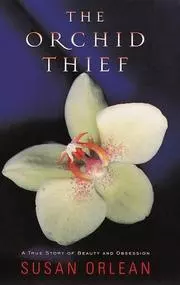
Orchid Thieves: John Laroche
Orchid Thieves: John Laroche. The movie Adaptation, also known as “The Orchid Thief” in Hispanic countries, is based on the name of the non-fiction book based on a true story “The Orchid Thief”. In the movie Adaptation, we see Chris Cooper as John Laroche, a furtive orchid collector in the Florida Everglades who was determined to find and propagate the American ghost orchid, the Dendrophylax lindenii orchid of our article, for-profit despite the Ghost Orchid is fully protected by the state of Florida and federal anti-discrimination laws.
Hope you enjoy this article about Dendrophylax lindenii – Polyrrhiza lindenii – Polyradicion lindenii – The Ghost Orchid
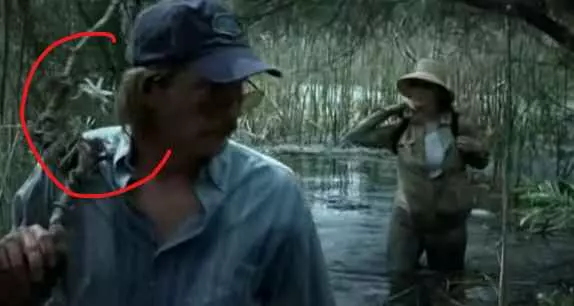
Are you an Orchids Lover? Here are Orchid’s Articles recommended for you:
Orchids of Costa Rica – The Most Complete Guide
Monkey Face Orchid – Most Complete Guide
How to Prune Orchids – Step by Step Guide
Learn more about How to Propagate an Orchid.
Peristeria elata: How to Grow Peristeria elata Orchid Flower of The Holy Spirit



